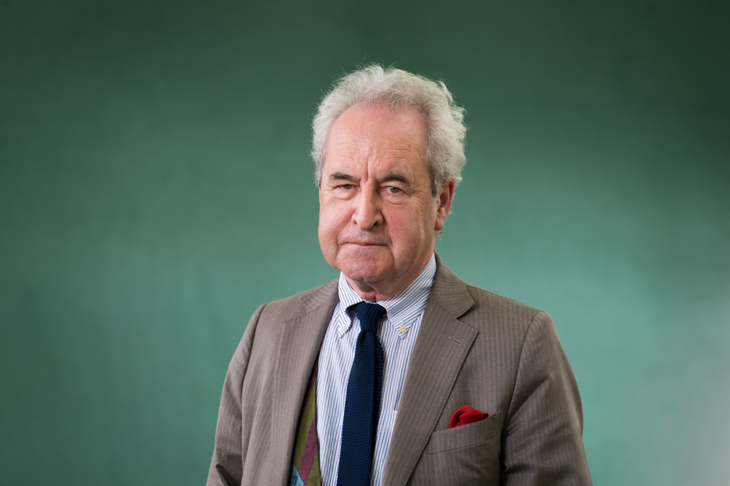Did I enjoy this novel? Yes! Nevertheless, it dismayed me. How could John Banville, whom I’ve admired so much ever since he published his first short stories, whose great novel The Sea deservedly won the Booker and whose thrillers, written under the pseudonym Benjamin Black, so hauntingly evoke 1950s Dublin, have wasted however long it took to write it?
The answer, perhaps, was given some years ago, in an interview with a journalist, when he confessed: ‘The guiding light has always been Henry James.’ Probably all serious novelists in our language revere James beyond idolatry. He calls us to raise the craft of fiction to the level of art. And the trouble is that anyone with an ear soaked in the Jamesian music falls into the danger of parody.
There are two Irish ways out of this. Not so long ago, Colm Tóibín published The Master, to enormous acclaim. It was the most devoted act of homage imaginable — the tale of a sad old bachelor of the 1890s — and yet, at the same time, it is hard to think of any book published since James’s death 101 years ago which would have horrified him more. Not because it ‘outed’ him as a homosexual (was he, in any meaningful sense?) but because it ‘outed’ him as anything — he, the Master, that most inner and enclosed of imaginations.
And now this from Toibín’s fellow countryman: a continuation of The Portrait of a Lady. Two technical problems loom immediately, and even so masterly a craftsman as Banville cannot overcome them.
First, does he assume that the reader has already read James’s novel? In Mrs Osmond, it is hard to tell. In case you have not read The Portrait of a Lady, an innocent, rich, young American woman, Isabel Archer, marries an American in Italy called Gilbert Osmond, who has a teenaged daughter — assumed to be the child of his first marriage.








Comments
Join the debate for just £1 a month
Be part of the conversation with other Spectator readers by getting your first three months for £3.
UNLOCK ACCESS Just £1 a monthAlready a subscriber? Log in